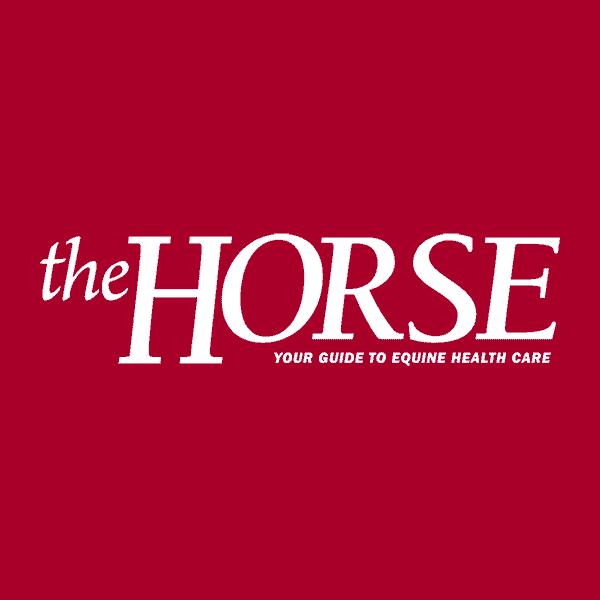Inside the Equine Navicular Apparatus
Inside the Navicular Apparatus
The navicular apparatus, also known as the podotrochlear apparatus, includes the navicular bone, the navicular bursa, the coffin joint, the impar ligament, the suspensory ligament of the navicular bone, and the deep digital flexor tendon (DDFT). One side of the navicular bone (the flexor surface) borders the DDFT. The navicular bursa “buffers” the contact between the two structures, helping reduce friction as the DDFT moves over the navicular bone.
The soft tissue structures surrounding the navicular bone support it during standing and movement. If one or more of these structures become compromised, excessive strain on the bone can lead to degeneration or remodeling.
Veterinarians classify the resulting lameness from the bone or any of the soft tissue structures as podotrochlosis, because the condition can involve any part of the podotrochlear apparatus.
The disease usually affects both forelimbs, though one might be worse than the other.

Injury or damage to any of the navicular apparatus structures can manifest as:
- Forelimb lameness
- Soreness after exercise
- A toe-first gait
- A choppy, shuffling, or short-strided gait
- Weight shifting from foot to foot



Written by:
The Horse Staff
Related Articles
Stay on top of the most recent Horse Health news with











